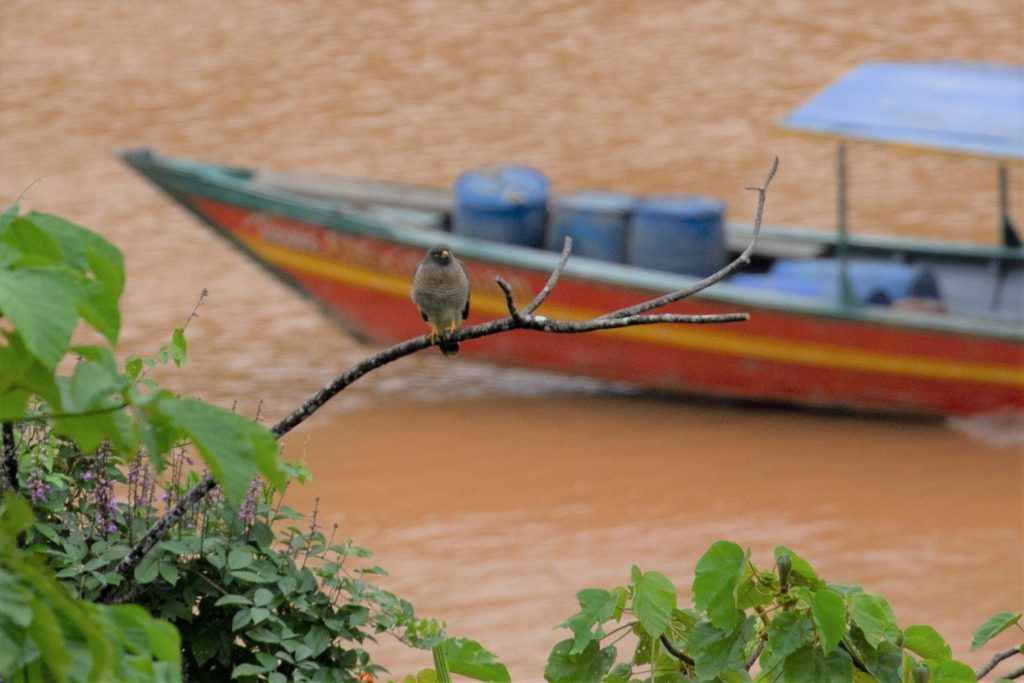Mercury: an increasing threat in the tropics
August 12, 2019
The rainforest is a highly diverse and complex ecosystem, of which only a very small percentage is known. Because the impact of different disturbances within it is not fully understood, protecting its integrity should be the end goal. However, the threats affecting this ecosystem are only increasing over time, including deforestation and mercury pollution caused by mining.
Mercury can be found in many forms, and while these are naturally available in the environment, a great amount results from its use in human activities like gold mining. Furthermore, although not all of its forms are toxic, methylmercury, the most bioavailable and toxic, bio-accumulates within the food chain, affecting a wide range of species. Bioaccumulation of this neurotoxin in birds has been seen to affect the fitness, coordination, reproduction and survival of species. Its effects include lethargy, loss of appetite, aberrant parenting behavior and reduced motivation to forage. Unfortunately, mercury’s persistence in the atmosphere and ability to travel great distances has allowed it to contaminate areas far from the original source.
Roadside Hawk (Rupornis magnirostris) and a boat carrying oil for mining share the same ecosystem. PC: Patrick Newcombe
Aquatic systems are most efficient at converting mercury to methylmercury, increasing the risk of aquatic species. Because of this, much of the attention and studies of mercury contamination in birds has been focused on species associated with bodies of water. Conversely, terrestrial habitats and their wildlife have received little attention. Variations in soil moisture are expected to increase the bioavailability of mercury; increasing the risk of the long, wide, and complex food webs found in tropical systems.
Because birds are often near or in the top of food chains, they are highly prone to accumulating mercury in their bodies. However, this fact does also make them very good bio-indicators of environmental mercury contamination. They are common, conspicuous, and sampling of feathers and eggshells can confidently detect levels of heavy metals in a non-invasive manner. Particularly in tropical rainforests, more work needs to be done to assess the impact of mercury on birds.
The increasing threat mercury pollution poses to the tropics is drawing more and more attention to this region. As a short-term measure, it is necessary to replace current gold mining techniques, with already existing mercury-free methods. By moving away from this metal, we will ensure healthy human and wildlife communities and more crucially a healthy ecosystem.
Further readings:
Egwumah F.A, Egwumah P.O & Edet, D.I. (2017). Paramount roles of wild birds as bioindicators of contamination. Int J Avian & Wildlife Biol. 2(1):194‒200. DOI: 10.15406/ijawb.2017.02.00041
Appel, Peter & Jøsson, J.B.. (2010). Borax – an alternative to mercury for gold extraction by small-scale miners: Introducing the method in Tanzania. Geological Survey of Denmark and Greenland Bulletin. 87-90.



